Hydrogen Blending into Natural Gas Best Practices
Lakeside Process Controls has been involved in multiple hydrogen blend projects and consultations into pipelines and combustion appliances such as boilers. Through this work we have developed best practices and recommendations to execute a blending project. We would like to share some of these learnings to support the engineering effort and project success of the wider community with regards to hydrogen blend projects.
Methods, Procedures, Process: Briefly explain your overall approach, including your methods, procedures and process:
Through engineering review, consultations with industry players, and execution of turnkey engineered hydrogen blend systems Lakeside has developed the experience to execute these projects. With successful projects in Canada, the United States covering pipeline blending and blending to a combustion asset we have developed best practices that don't currently exist in today’s literature.
Results, Observations, Conclusions: Please describe the results, observations and conclusions of the proposed presentation.
With input from industry and our own experience we have come to conclusions on best practices for the industry. This covers technology type selection such as (instrumentation, valving, material selection, safety systems etc.), safety considerations (hazardous classification, safety systems, etc.), process design considerations (injection design, complexity, modularization, etc.). These best practices have input from the majority of companies involved in hydrogen blending or interested in hydrogen blending today in North America.
Novel/Additive Information:
Hydrogen blending into natural gas pipelines and natural gas combustion assets is a relatively new idea in most industries. There is little to no formal best practices out there today for engineers to draw on. We believe this knowledge will support the industry to grow and develop while helping projects be safe and successful.


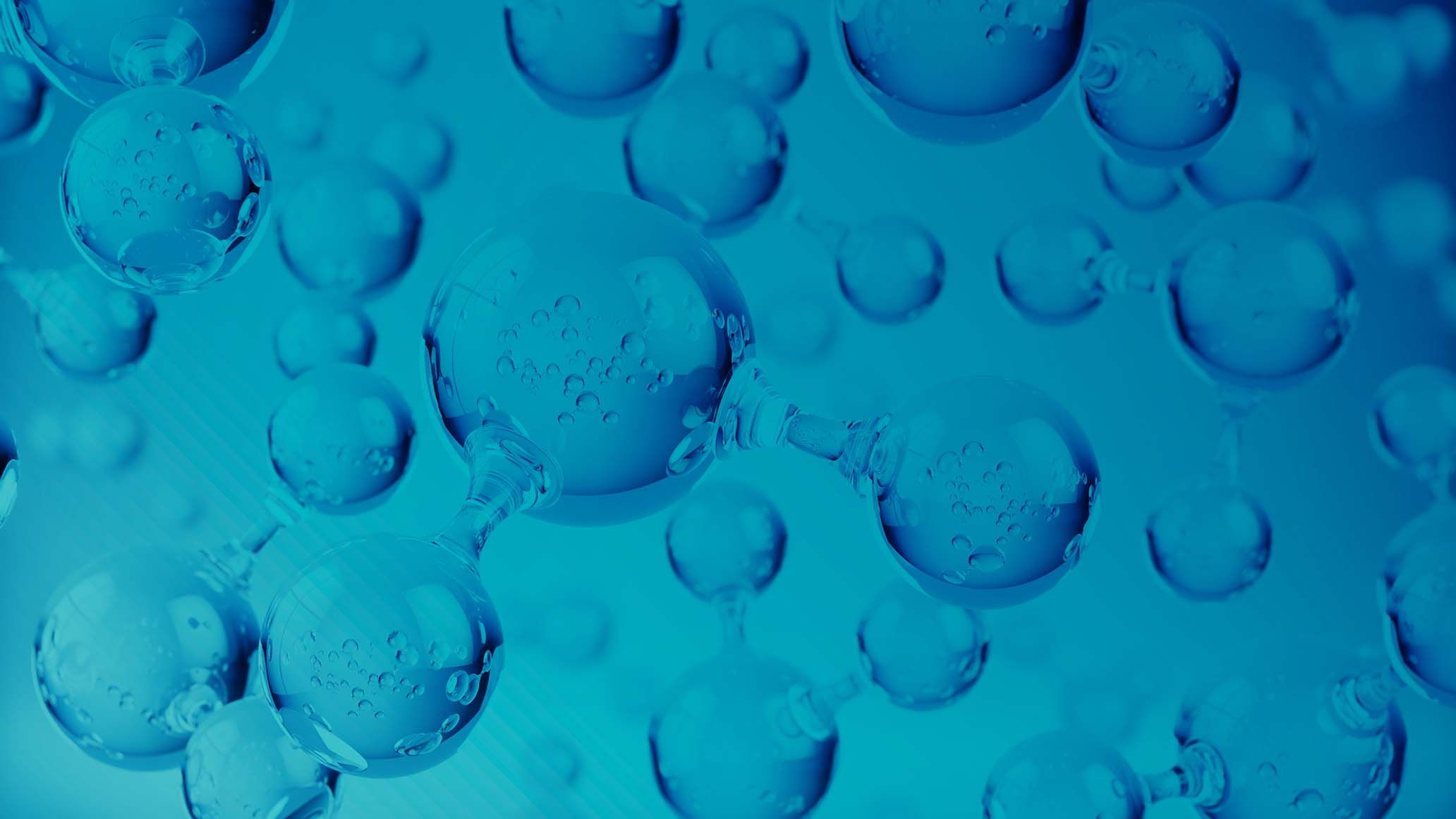

)
)
)
)
)
)
)
)


)
)
)
)
)
)
)
)
)
)
)

)
)
)
)
)
)
)
)
)

)
)
)
)
)
)
)
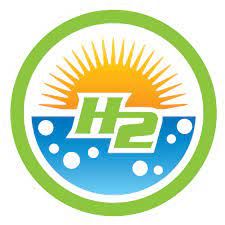
)
)
)
)
)
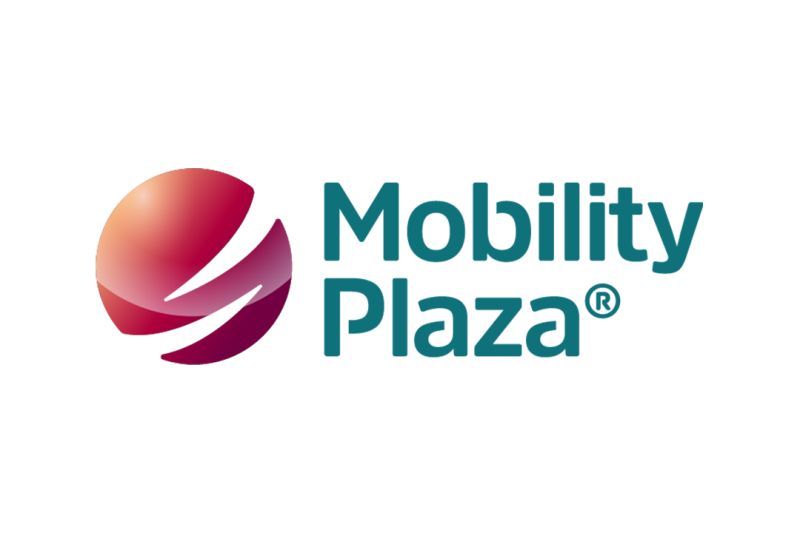
)
)

)
)
)
)
)
)
)
)
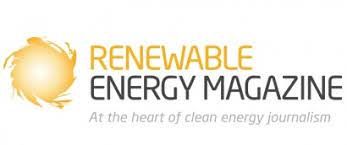
)
)
)
)
)
)
)

)
)
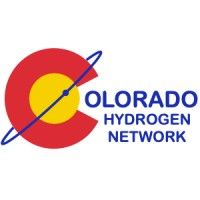
)
)
)
)
)
)
)
)

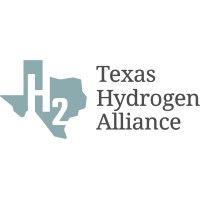
)
)
